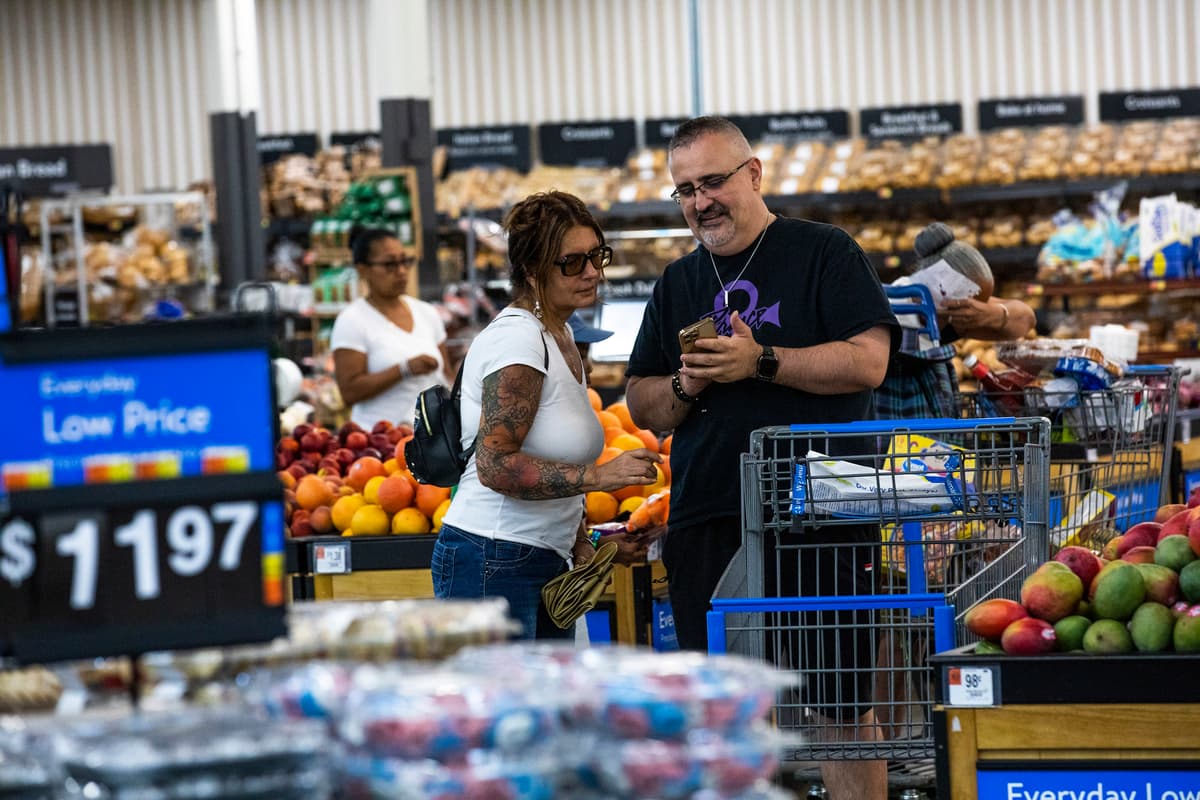‘Blah’
The Times is having a difficult season trying to figure out why in the Biden-Harris economy voters feel so underwhelmed.

For a glimpse of the condescension on inflation that oozes from the establishment press feature the Times’s dispatch Thursday. “Inflation Is Basically Back to Normal,” the Grey Lady’s headline avers. “Why Do Voters Still Feel Blah?” They are not dumb. They know that inflation has slowed, prices aren’t retreating, just rising more slowly. What but “blah” are they to feel as the gold value of their dollars plunges to less than a 2,700th of an ounce?
Please check your email.
A verification code has been sent to
Didn't get a code? Click to resend.
To continue reading, please select:
Enter your email to read for FREE
Get 1 FREE article
Join the Sun for a PENNY A DAY
$0.01/day for 60 days
Cancel anytime
100% ad free experience
Unlimited article and commenting access
Full annual dues ($120) billed after 60 days

